There are many species in the world facing the threat of extinction, but some remain largely unknown. These critically endangered mammals, often overlooked, play vital roles in their ecosystems. Despite their rarity, their populations are shrinking fast due to human activities, habitat loss, and climate change. Below are some fascinating yet lesser-known mammals that are on the brink of extinction.
Greater Bamboo Lemur
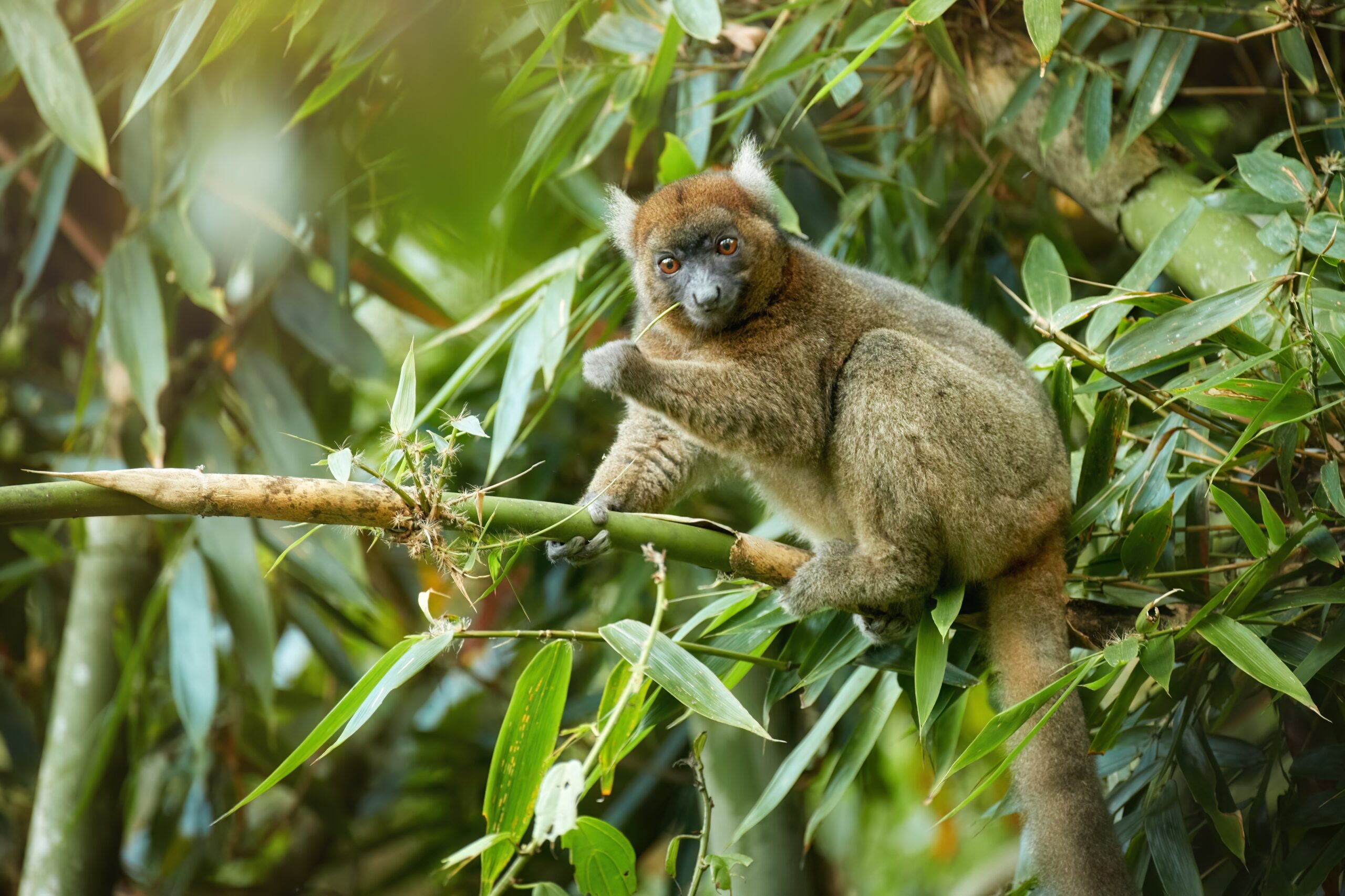
The Greater Bamboo Lemur, found only in Madagascar, is a large, bamboo-eating primate. It is one of the most endangered lemur species, with fewer than 500 individuals left in the wild. These lemurs have a unique diet, consuming nearly 90% bamboo, including parts toxic to most other animals. Their survival is closely tied to the availability of bamboo, which is being destroyed due to deforestation and slash-and-burn agriculture.
Malayan Tiger
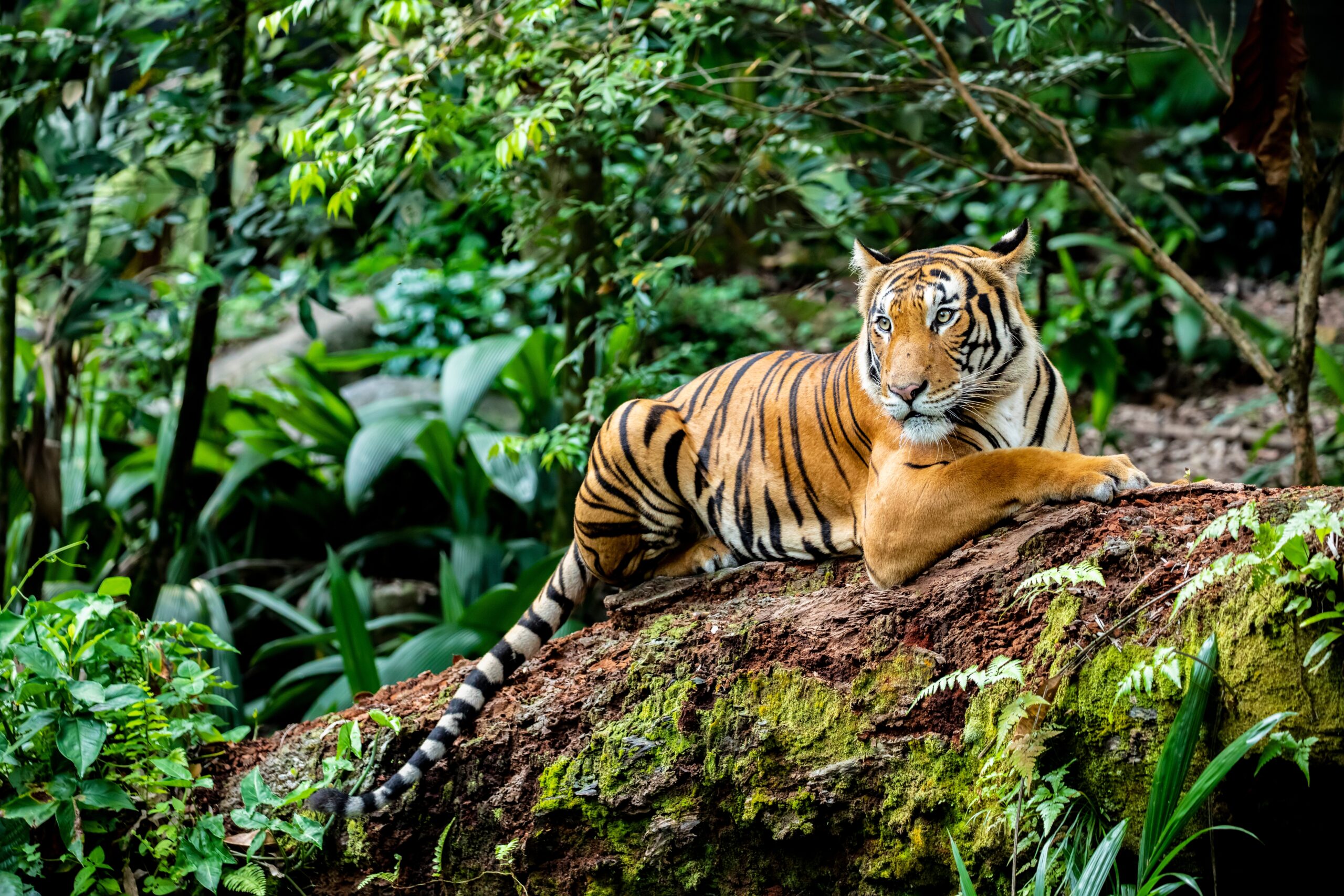
The Malayan Tiger, native to the forests of the Malay Peninsula, is one of the smallest tiger subspecies but no less fierce. Its population has plummeted to fewer than 200 individuals due to illegal poaching and rapid habitat loss from deforestation for palm oil plantations. Malayan Tigers are solitary predators, mainly hunting deer and wild boar. Conservation efforts include establishing protected reserves, anti-poaching patrols, and breeding programs to help prevent extinction.
Ashy Storm-Petrel
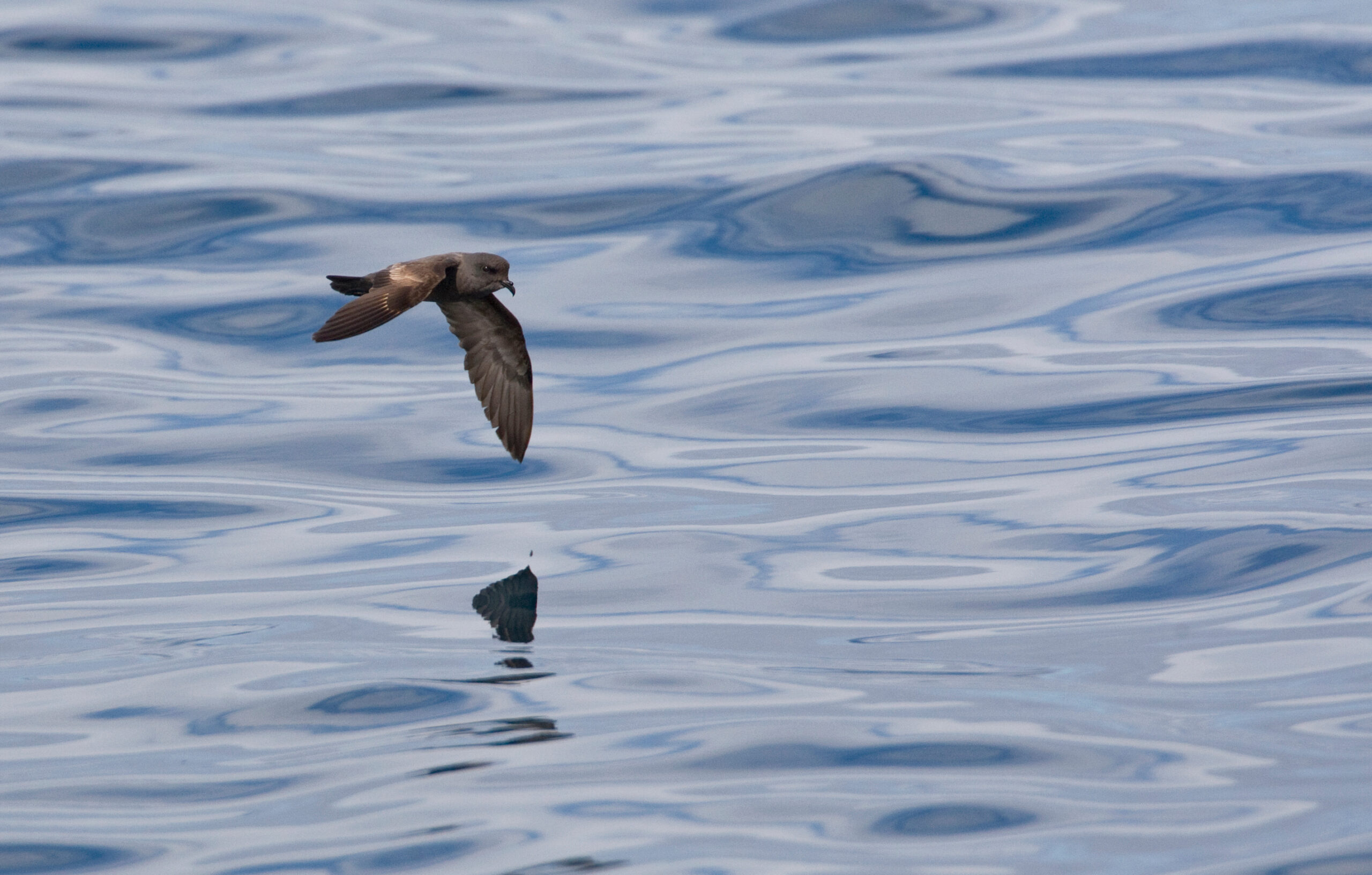
The Ashy Storm-Petrel, though a seabird, faces many of the same challenges as endangered mammals. These tiny birds breed on remote, rocky islands along the Pacific coast, primarily off California. There are fewer than 10,000 left, and their population is declining due to habitat degradation, oil spills, and predation by invasive species like rats and cats. Their nocturnal nature and reliance on the ocean make them highly sensitive to environmental changes.
Peruvian Yellow-Tailed Woolly Monkey

Found high in Peru’s Andean cloud forests, the Peruvian Yellow-Tailed Woolly Monkey is one of the world’s most elusive primates. Fewer than 250 individuals remain, largely due to deforestation, logging, and hunting. These monkeys are distinguished by their thick fur and yellow-tipped tails, living in small family groups in the treetops. They rely on dense, undisturbed forests for shelter and food, making habitat destruction their greatest threat.
Addax
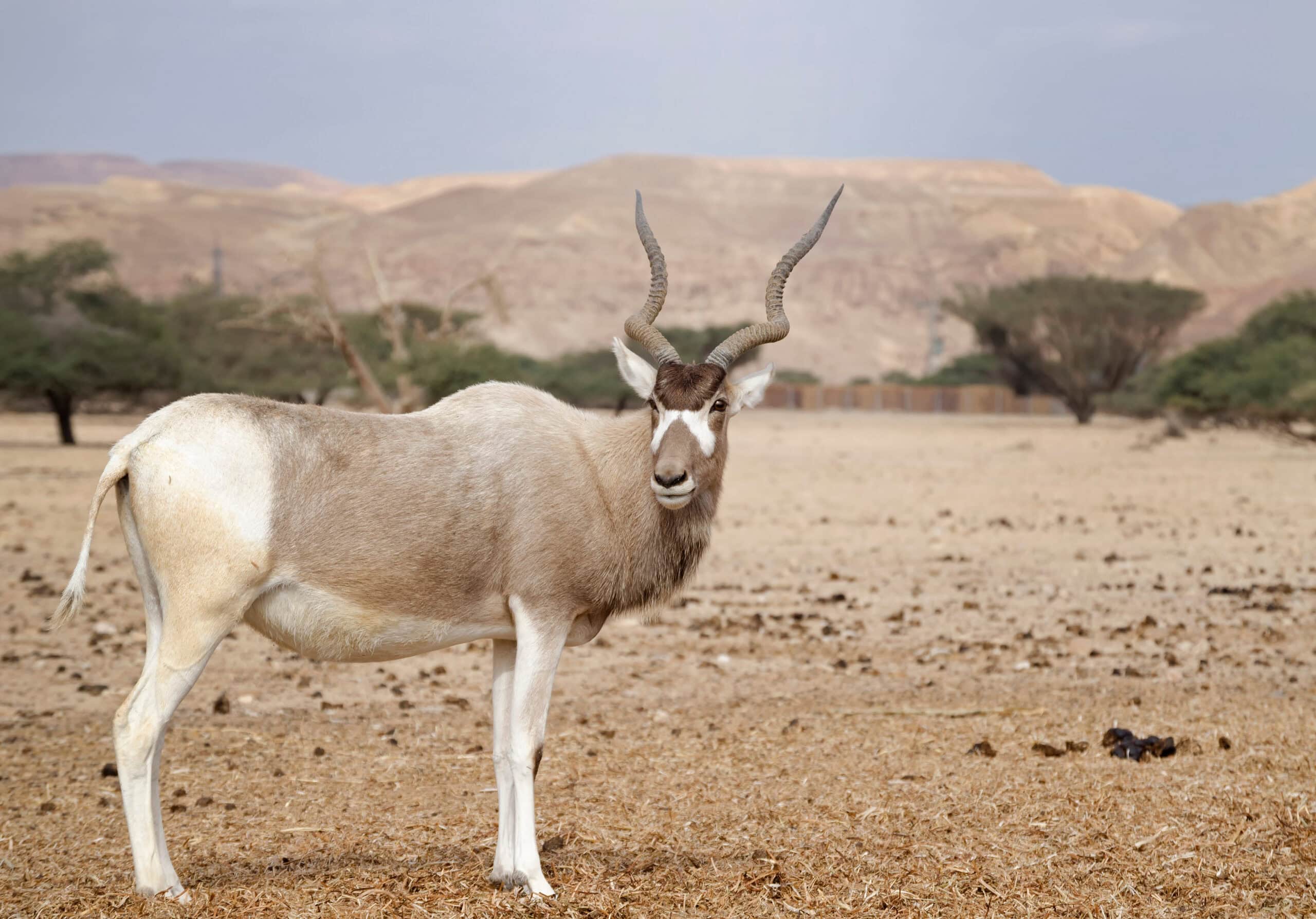
The Addax, a critically endangered antelope species, roams the arid deserts of northern Africa. Fewer than 100 individuals remain in the wild, most in isolated areas of Niger. Known for their striking twisted horns and ability to survive in extreme desert conditions, they have fallen victim to poaching and habitat destruction due to oil exploration. The Addax’s population has been nearly wiped out by hunting for its meat and hides.
Ethiopian Wolf
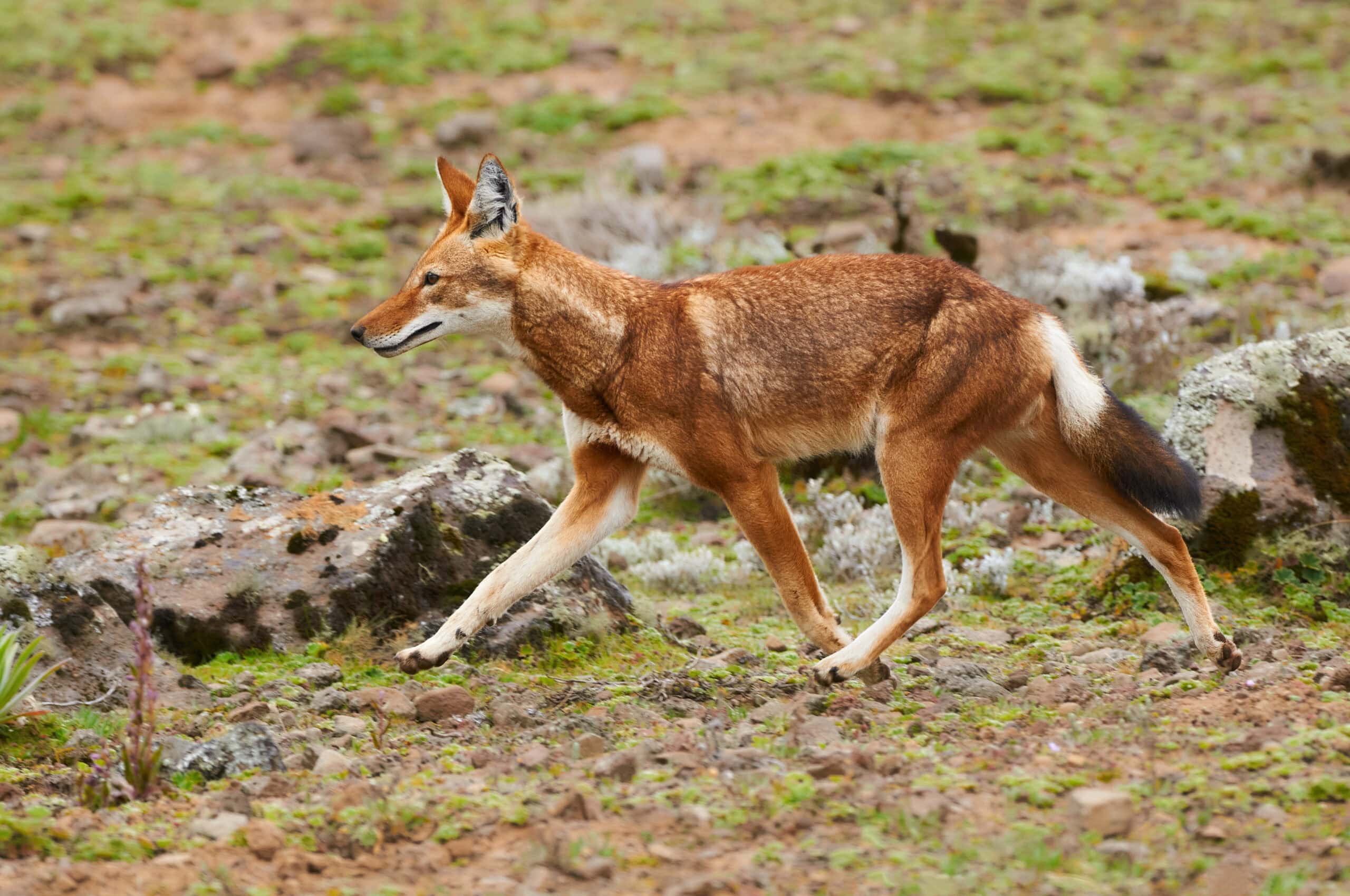
The Ethiopian Wolf is the rarest carnivore in Africa and the most endangered canid in the world. Native to Ethiopia’s highlands, fewer than 500 of these wolves remain in isolated populations. They live at high altitudes, mainly preying on small rodents. Habitat loss due to agricultural expansion and disease outbreaks from domestic dogs, such as rabies and canine distemper, are the greatest threats to their survival.
Tamaraw
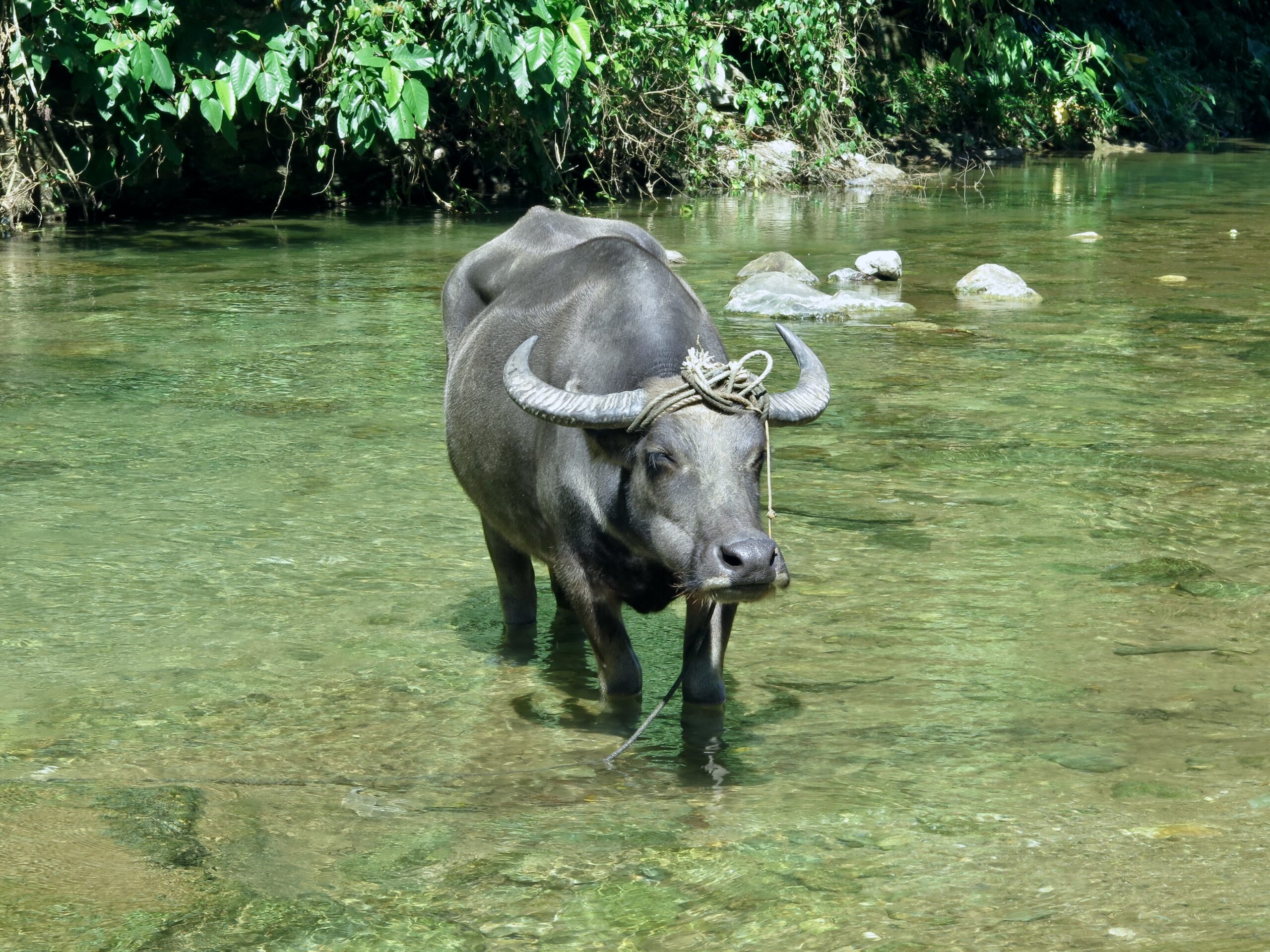
The Tamaraw is a small, wild buffalo native to the island of Mindoro in the Philippines. It has a stocky build with dark brown hair and short, V-shaped horns. Fewer than 600 individuals remain, making it one of the rarest bovine species in the world. Its population has declined due to habitat loss, hunting, and disease. Conservation efforts focus on habitat protection and breeding programs, but the species remains critically endangered.
Bactrian Camel (Wild)
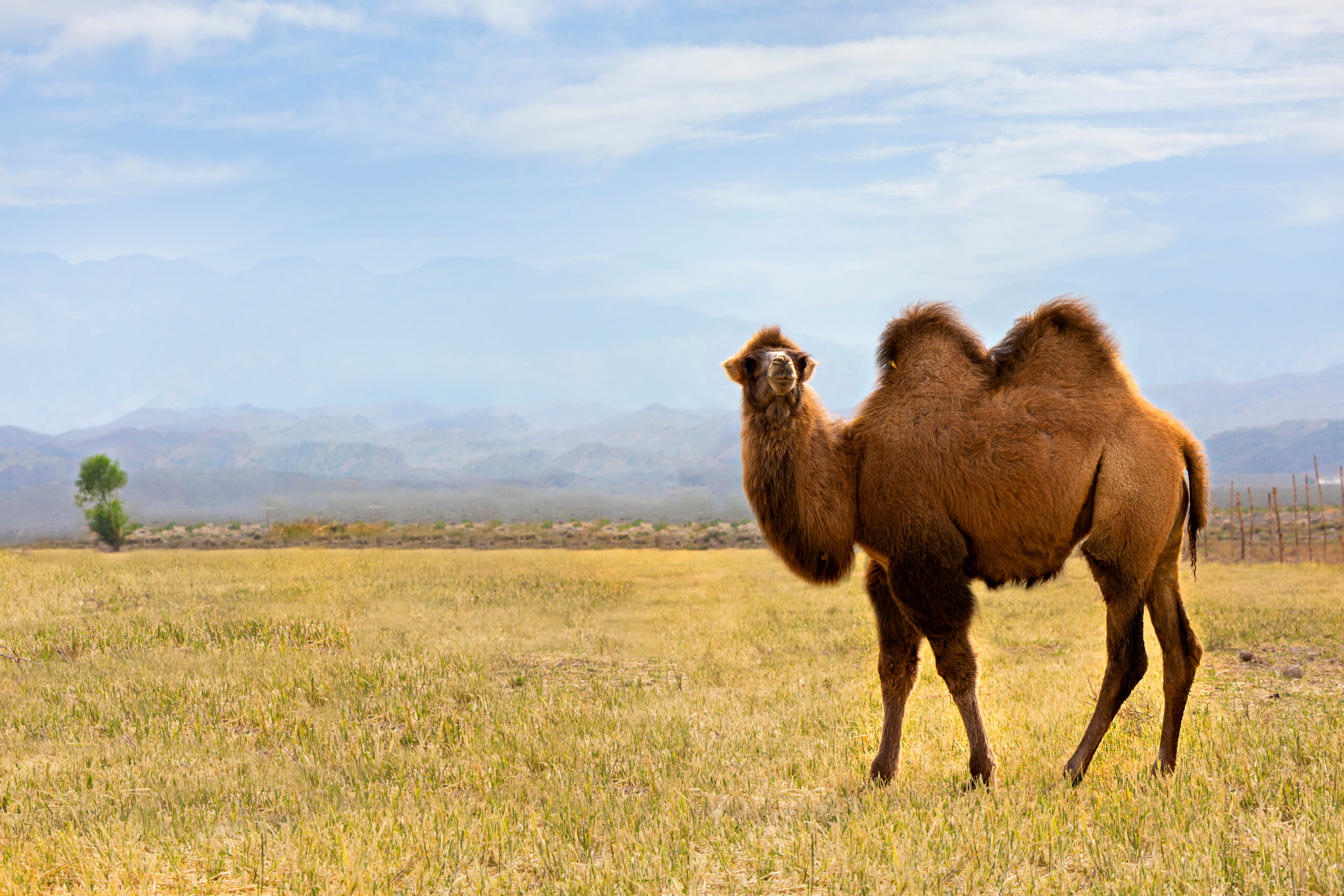
The Wild Bactrian Camel roams the deserts of China and Mongolia. It is one of the few species that can survive in extremely harsh, arid conditions, drinking saltwater when freshwater is scarce. With fewer than 1,000 individuals left in the wild, this camel is critically endangered. Poaching, habitat degradation, and competition with domestic livestock threaten its survival.
Iberian Lynx
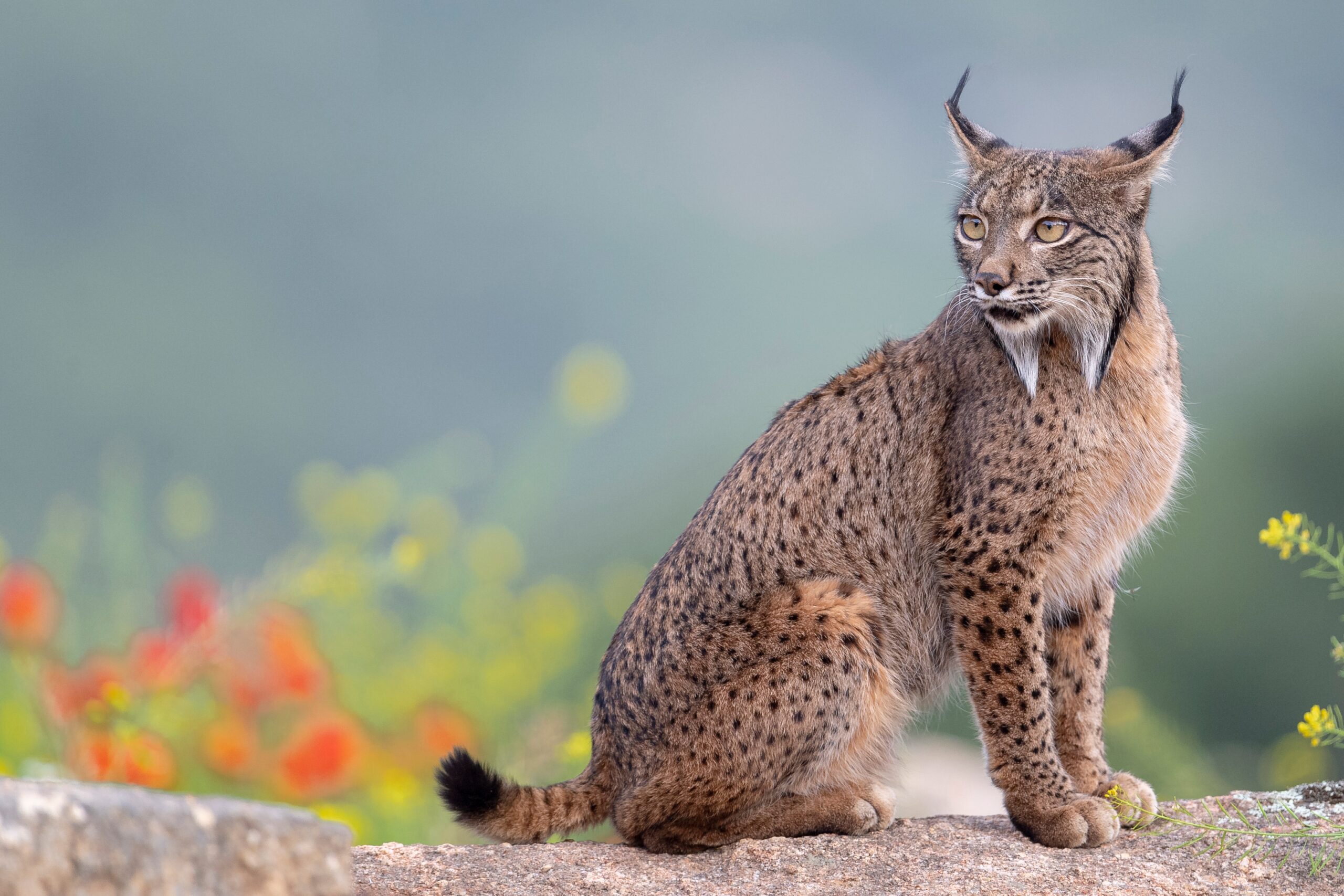
The Iberian Lynx is a medium-sized wild cat native to the Iberian Peninsula in Spain and Portugal. It is recognized by its distinctive ear tufts and spotted fur. Fewer than 1,000 individuals remain, making it the most endangered wild cat in the world. The lynx’s population has declined due to habitat loss, road accidents, and a decrease in its primary food source, the European rabbit. Conservation programs have led to some recovery, but the species is still critically endangered.
Hirola
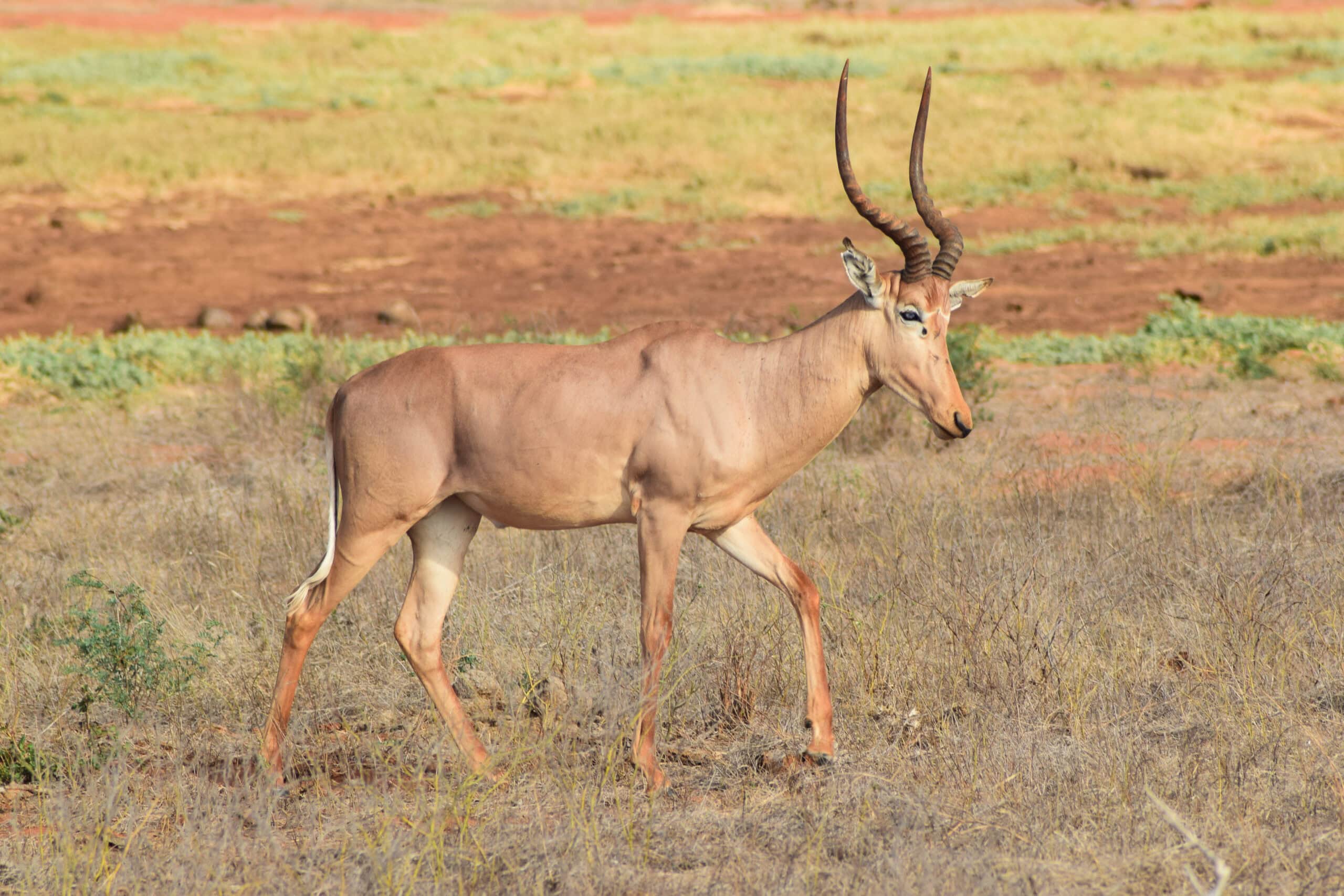
The Hirola, or Hunter’s Hartebeest, is a critically endangered antelope native to the border region of Kenya and Somalia. It is characterized by its long, lyre-shaped horns and light brown coat. Fewer than 500 individuals remain, primarily due to habitat loss and poaching. Conservation efforts are in place to protect its shrinking range and prevent further population decline, but the species is still highly vulnerable.
Snow Leopard
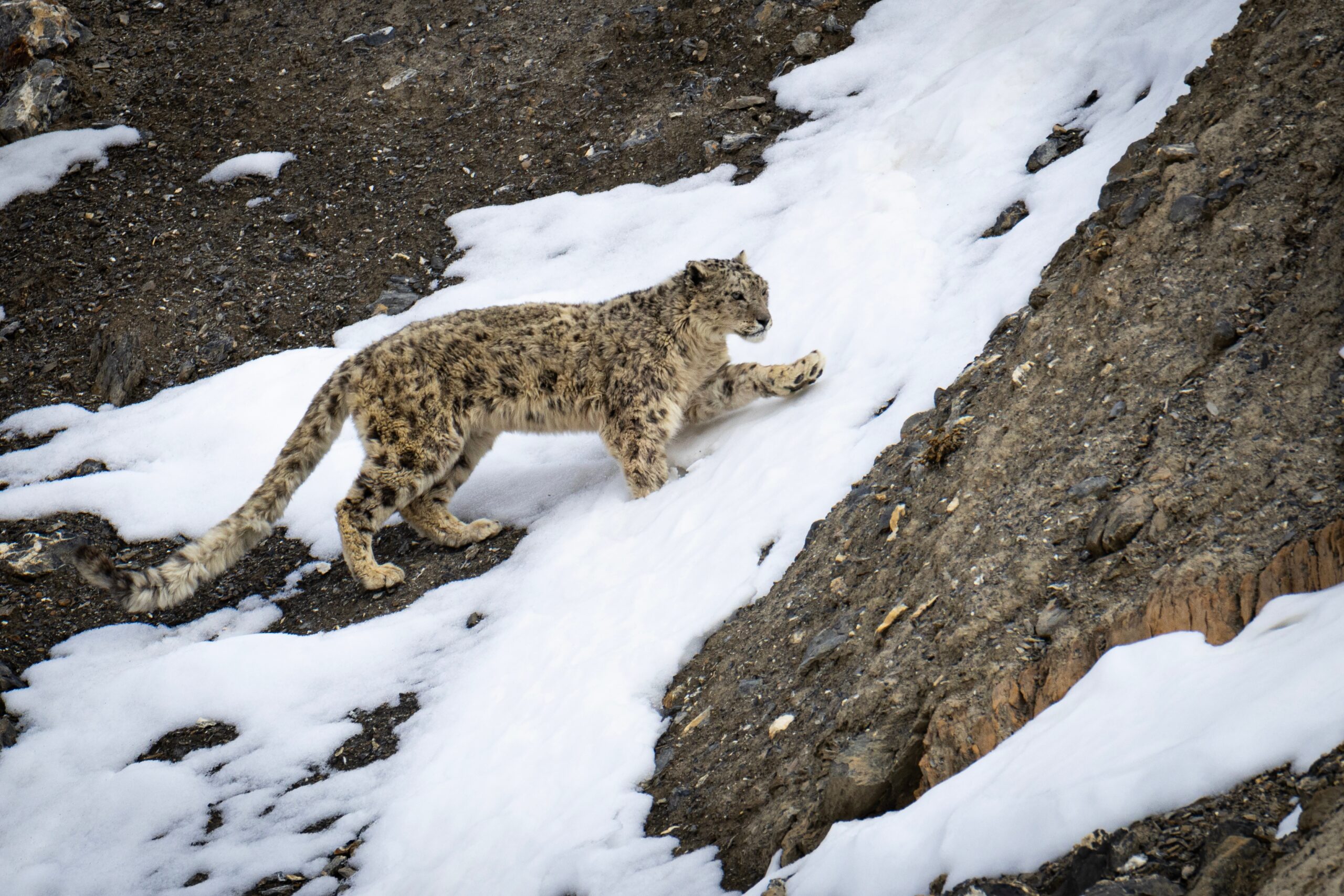
The Snow Leopard, found in the mountains of Central Asia, is known for its thick, spotted coat and incredible ability to traverse rugged terrain. Fewer than 4,000 individuals remain in the wild. The primary threats to snow leopards include poaching, habitat loss, and retaliatory killings by farmers. Conservation initiatives focus on habitat protection and reducing human-leopard conflicts.
Black Rhinoceros (Western subspecies)
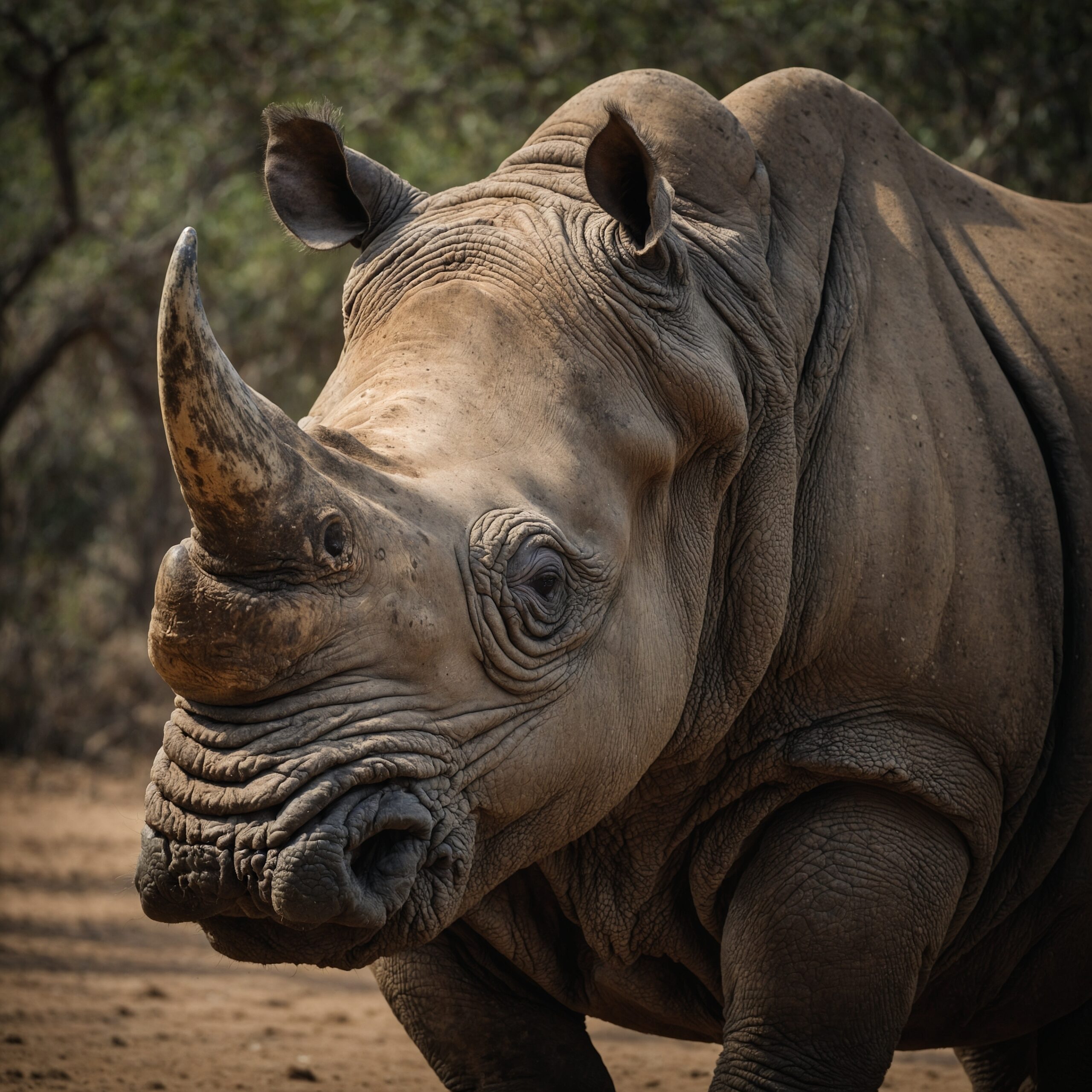
The Western Black Rhinoceros was once widespread across sub-Saharan Africa. Known for its robust build and hooked upper lip, it was heavily poached for its horn. Sadly, this subspecies was declared extinct in 2011, with no individuals remaining in the wild. Conservationists continue to protect other black rhino populations, but the Western Black Rhinoceros is a stark reminder of the devastating impact of poaching.
Sumatran Tiger
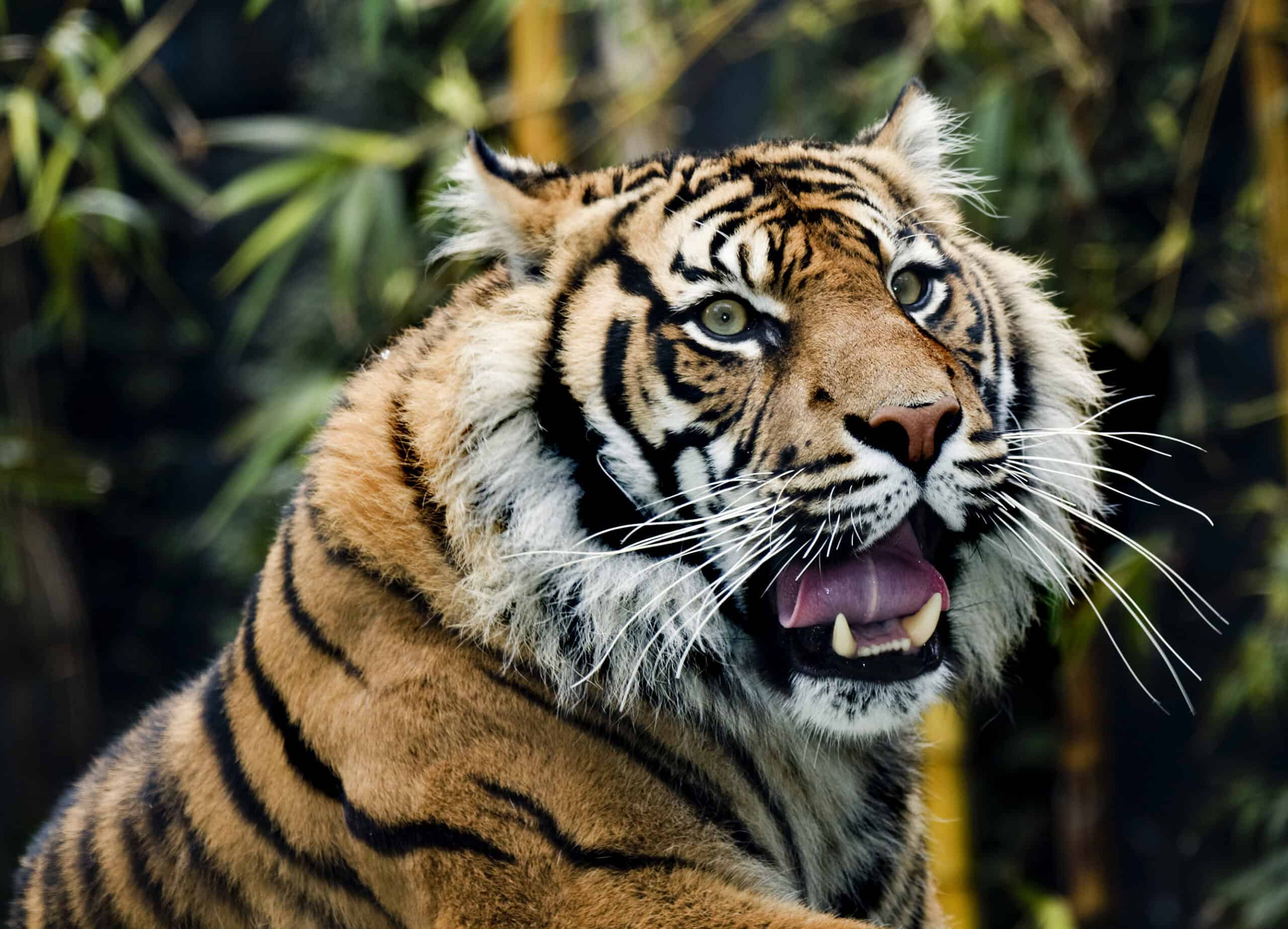
The Sumatran Tiger is the smallest surviving tiger subspecies, native to the Indonesian island of Sumatra. It has distinctive dark stripes and is critically endangered, with fewer than 400 individuals left in the wild. The biggest threats to the Sumatran Tiger include deforestation, habitat fragmentation, and poaching. Conservation programs focus on anti-poaching measures, habitat preservation, and captive breeding to ensure the survival of this iconic species.
Saola
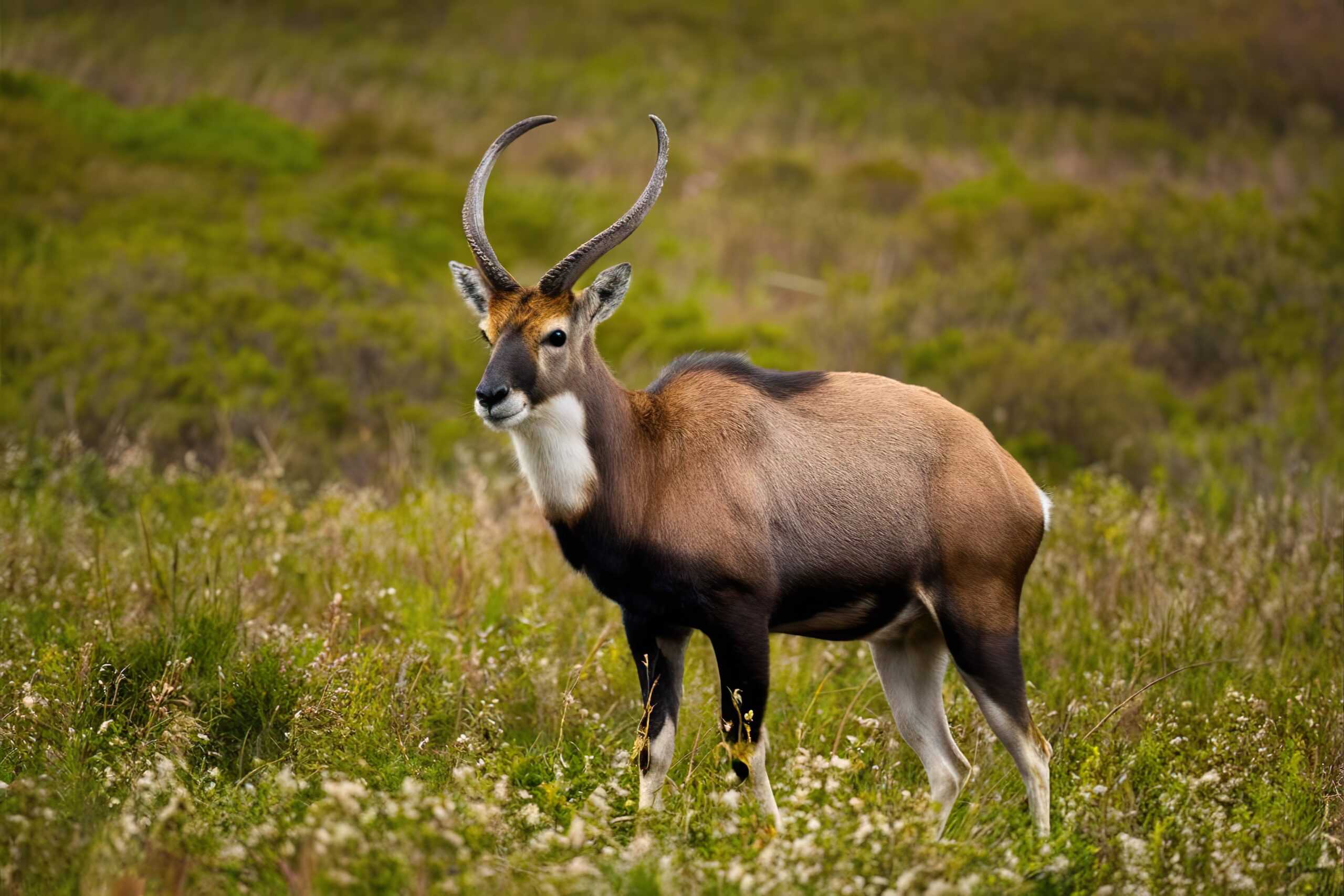
The Saola, also known as the “Asian Unicorn,” is one of the rarest and least-known large mammals in the world. Found in the Annamite Mountains of Laos and Vietnam, it resembles an antelope with long, straight horns. Its population is estimated to be fewer than 100 individuals. The primary threats are poaching and habitat loss from logging and agriculture. Conservation efforts are focused on protecting its forested habitat and reducing illegal hunting.
Borneo Bay Cat

The Borneo Bay Cat is an elusive and critically endangered feline found only in the rainforests of Borneo. It has a reddish-brown coat and is extremely rare, with fewer than 2,500 individuals estimated to remain. Habitat loss due to deforestation is the biggest threat to this species. Conservation efforts aim to protect the shrinking rainforest habitats that these cats rely on for survival.
Roloway Monkey
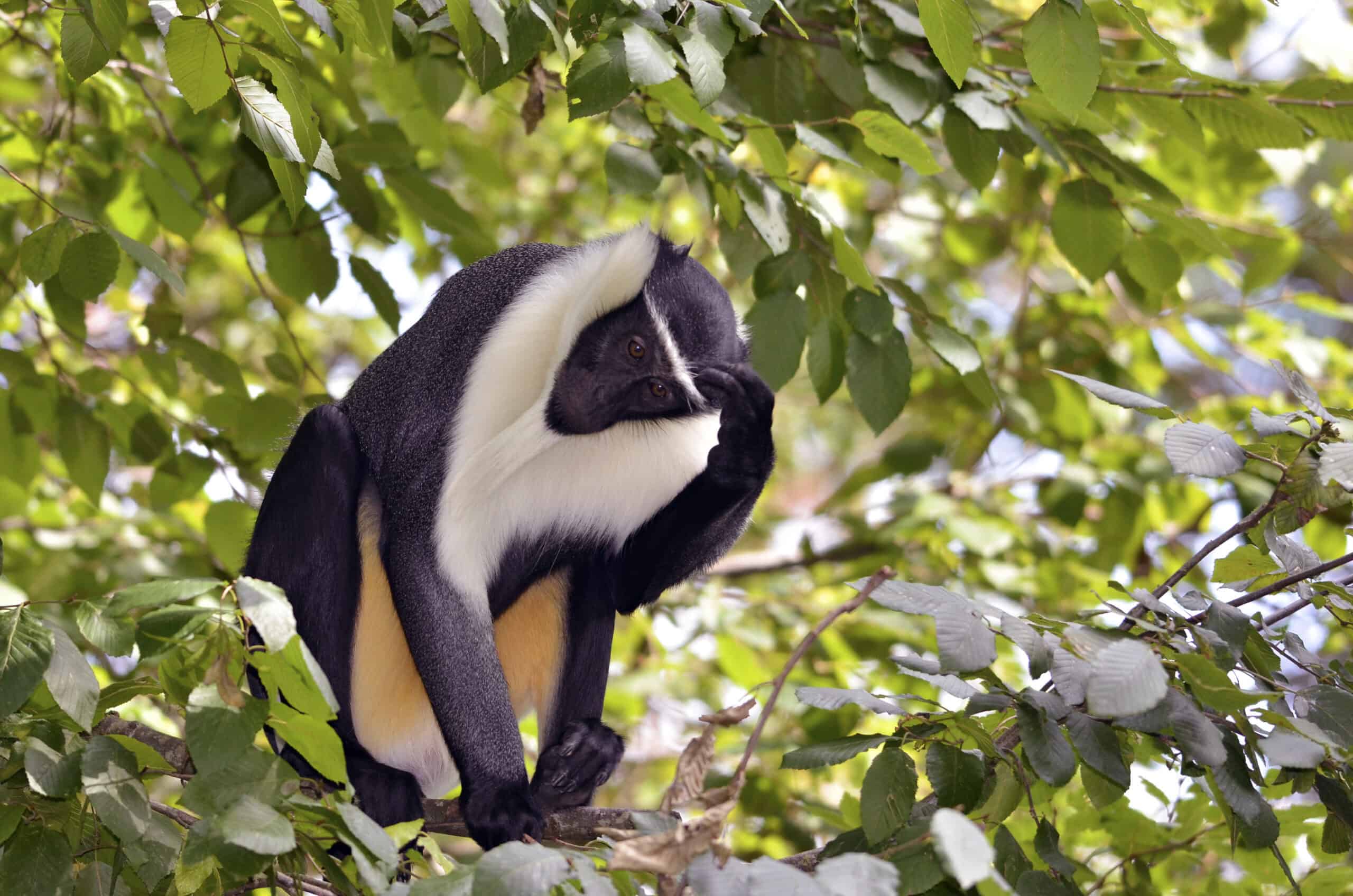
The Roloway Monkey is native to the forests of Ghana and Côte d’Ivoire in West Africa. It has a distinctive black-and-white coat and long facial whiskers. Fewer than 2,000 individuals remain, with habitat destruction and hunting for bushmeat being the primary threats. Conservation programs are focused on habitat preservation and raising awareness among local communities to protect this critically endangered primate.
Black-Footed Ferret
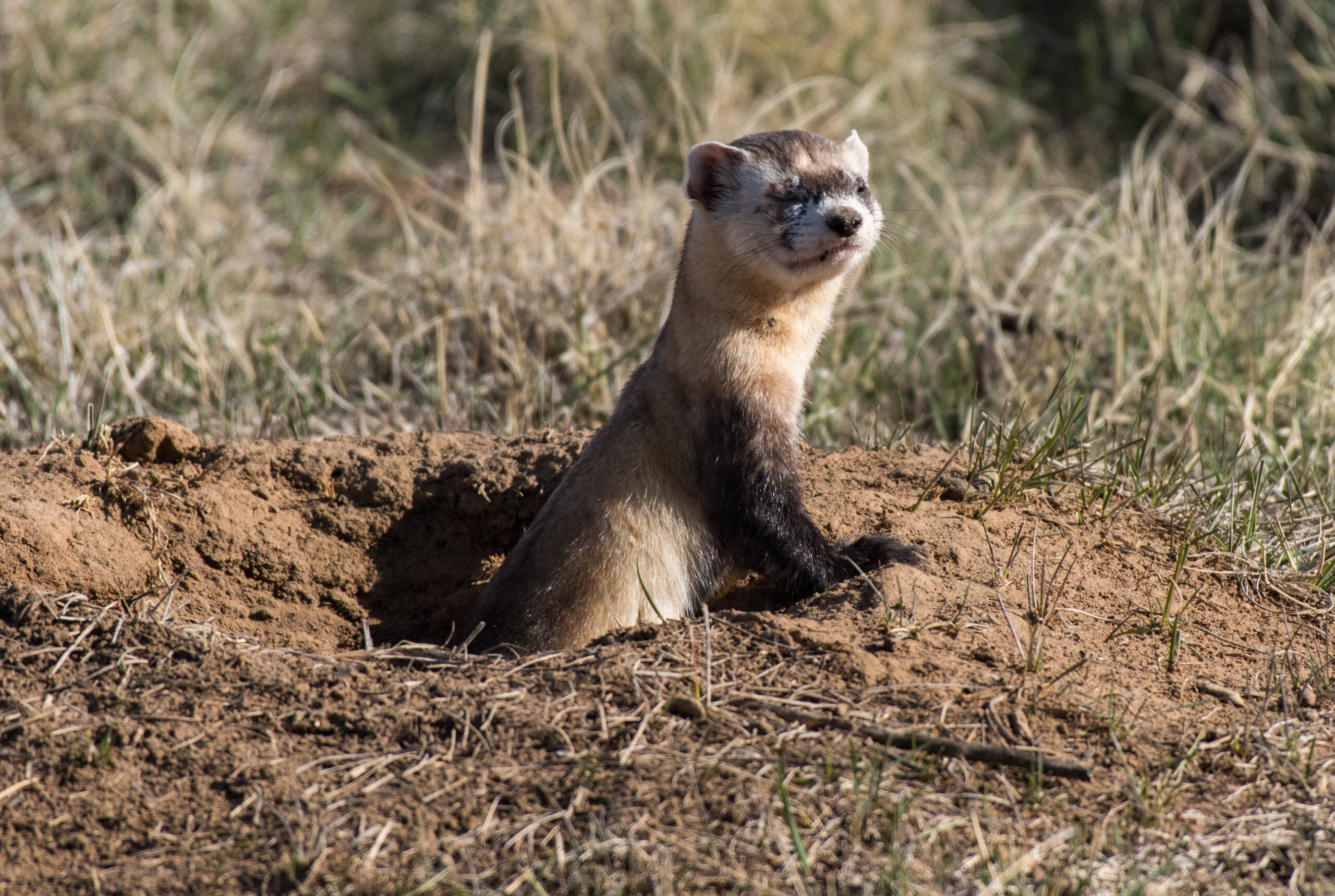
The Black-Footed Ferret is native to North America’s Great Plains and is one of the rarest mammals in the region. It has a distinctive mask-like marking on its face and black feet. Fewer than 400 individuals remain in the wild. Habitat destruction and disease outbreaks have drastically reduced their numbers. Conservation efforts include breeding programs and habitat restoration to help recover the population.
Philippine Tarsier
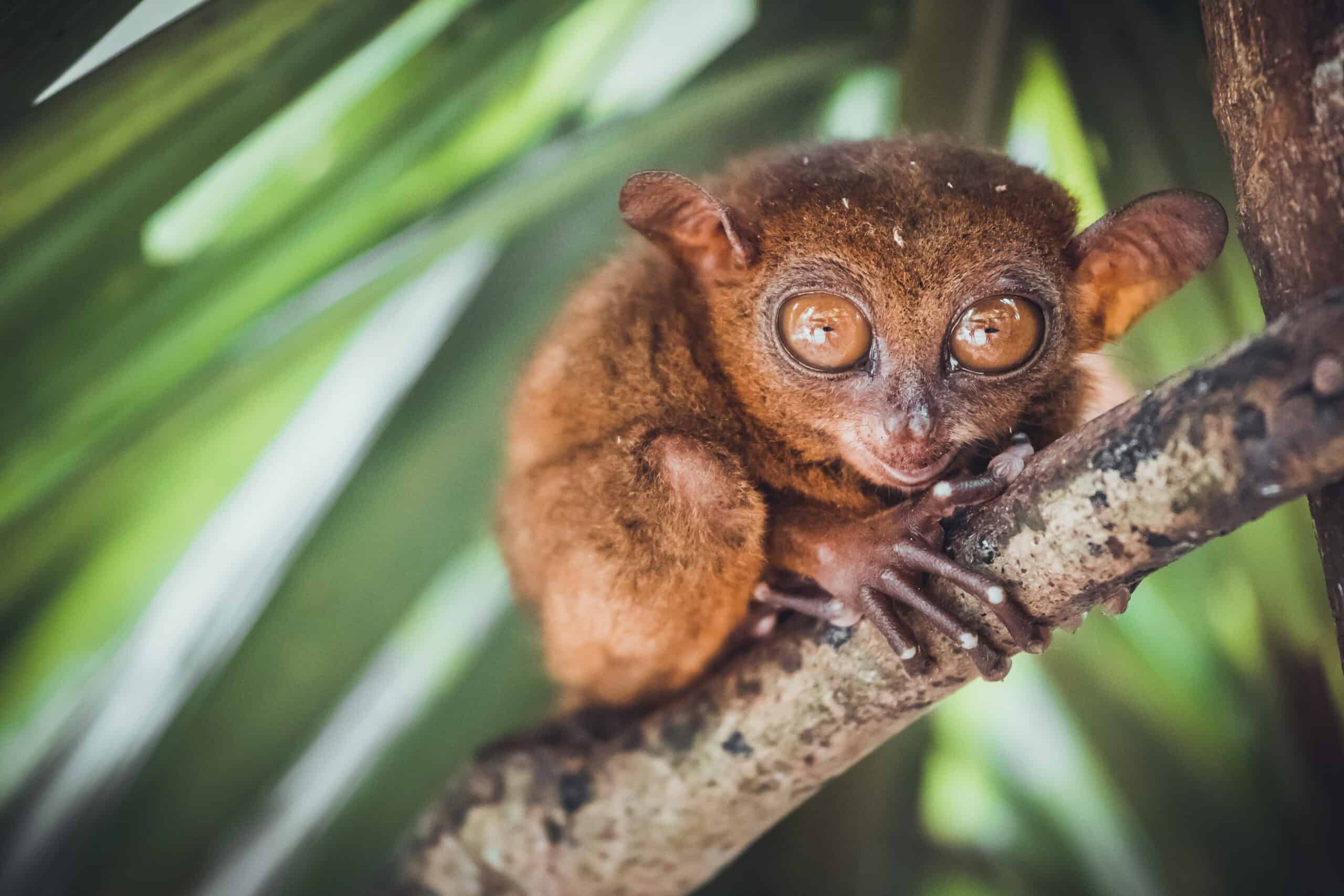
The Philippine Tarsier is a small primate native to the Philippines. Known for its large eyes and ability to rotate its head 180 degrees, it is one of the smallest primates in the world. Fewer than 2,000 individuals remain, mainly due to habitat destruction and illegal pet trade. Conservation efforts focus on protecting its forest habitat and educating local communities on the importance of preserving this species.
Baiji (Yangtze River Dolphin)

The Baiji, also known as the Yangtze River Dolphin, was once a common sight in China’s Yangtze River. It is a freshwater dolphin species with a slender body and long snout. Sadly, it is now considered functionally extinct, with no confirmed sightings in over a decade. Pollution, boat traffic, and overfishing devastated its population, leaving the river dolphin critically endangered. Conservation efforts have now shifted to protecting other aquatic species in the Yangtze River.
Northern Hairy-Nosed Wombat
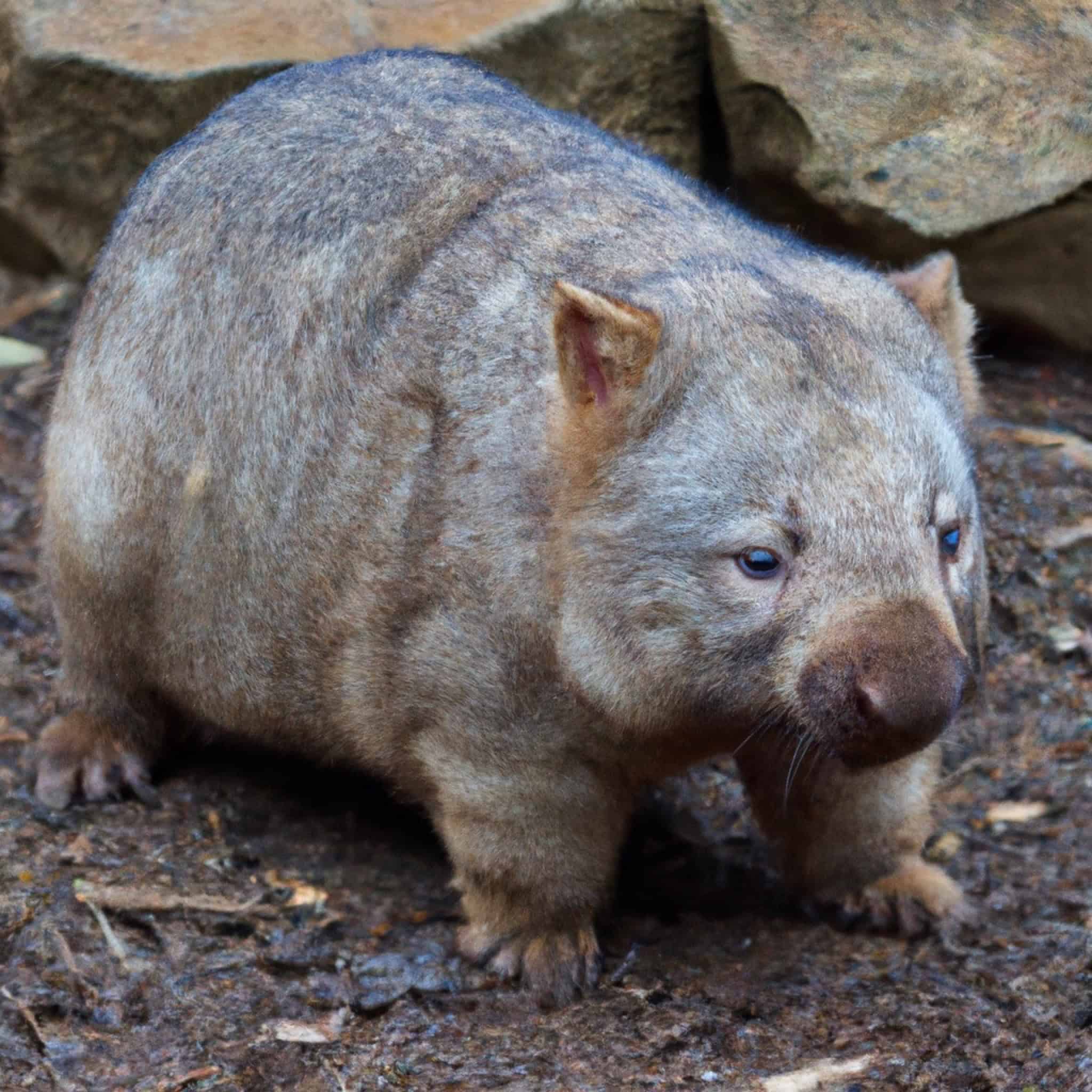
The Northern Hairy-Nosed Wombat is one of the rarest land mammals in the world. It is a stocky, burrowing marsupial native to a small area in Queensland, Australia. Fewer than 300 individuals remain, with habitat destruction and competition with livestock being the main threats to its survival. This species is larger than its relatives and has a distinctive, softer coat. Conservation efforts include habitat restoration and breeding programs, but the wombat’s survival remains in jeopardy.
Sumatran Orangutan
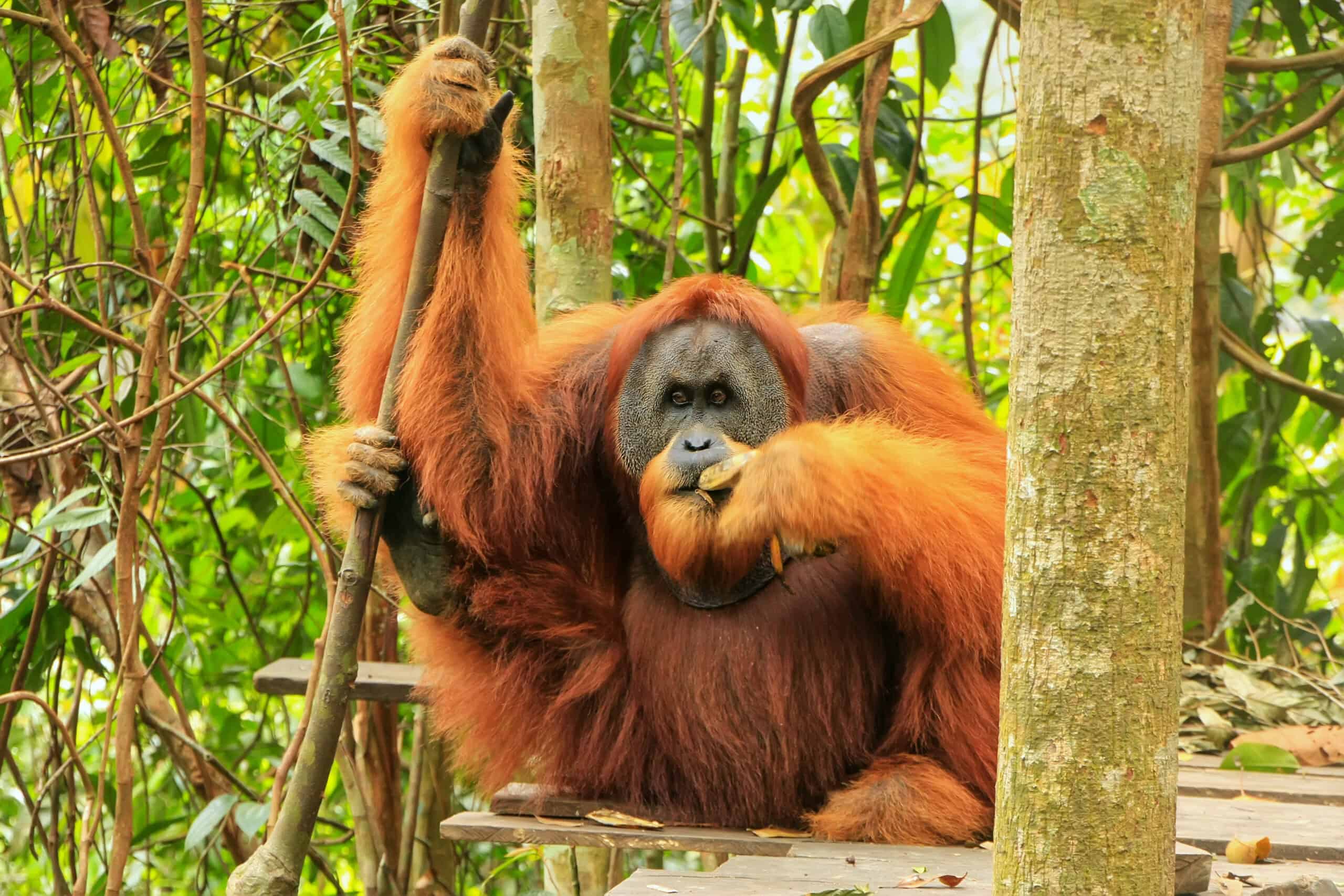
The Sumatran Orangutan is critically endangered, with fewer than 14,000 individuals left in the wild. Found only on the island of Sumatra, Indonesia, it is smaller and lighter than its Bornean counterpart. Habitat loss due to illegal logging, palm oil plantations, and poaching are the biggest threats to the species. Conservation efforts focus on protecting rainforests and preventing illegal activities.
This article originally appeared on Rarest.org.
More from Rarest.org
1975 Lincoln Penny Value Guide

The 1975 penny is made of 95% copper and 5% zinc. It was minted in 1975 with a face value of $0.01. It has a total weight of 3.11 grams. Read More.
1967 Kennedy Half Dollar Value Guide
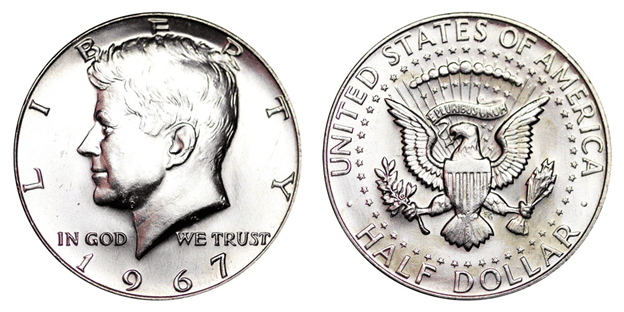
Many collectors and non-collectors alike conserve the Kennedy Half Dollar, which is possibly one of the most well-known and beloved coins honoring one of the most popular US presidents––John F. Kennedy. Read More.
14 Legendary Sports Records That Seemed Impossible to Break

In the world of sports, certain records stand out as almost untouchable, showcasing the incredible skill, dedication, and sometimes sheer luck it takes to reach such heights. Read More.
